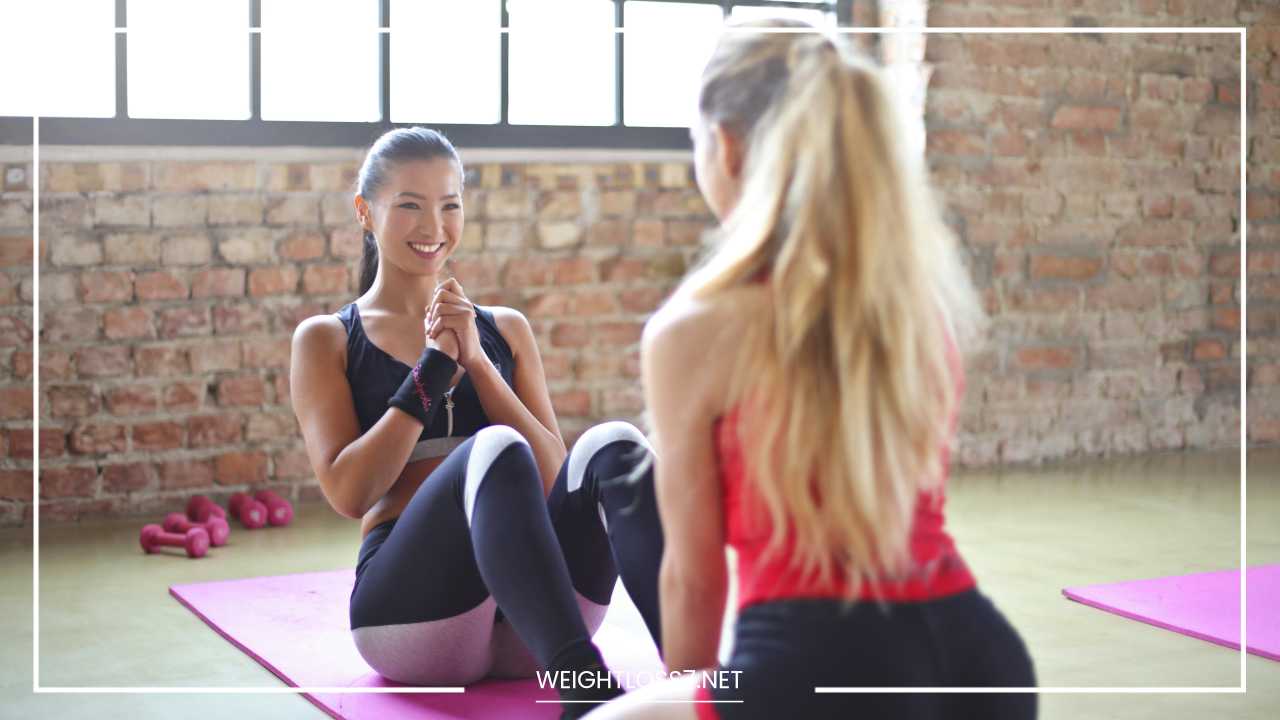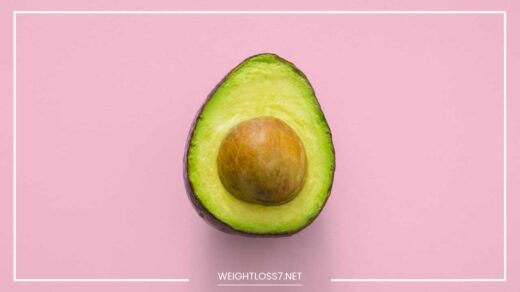Exercises to Reduce Belly Fat

Exercises to Reduce Belly Fat
Shedding the Stubborn Belly Fat: A Comprehensive Guide to Effective Exercises and Lifestyle Tweaks
Belly fat, often referred to as visceral fat, can be a persistent adversary in the pursuit of a healthier physique. It not only affects our appearance but also significantly increases the risk of various health problems, including heart disease, type 2 diabetes, and some cancers.
But fret no more! By implementing a well-rounded approach that combines strategic exercise with a balanced diet and healthy lifestyle practices, you can effectively target belly fat and achieve a healthier, happier you.
This comprehensive guide delves into the world of exercises specifically designed to help you reduce belly fat. We’ll explore different exercise types, provide customizable workout routines that cater to various fitness levels, and offer insightful tips to maximize your results.
Remember, consistency is the cornerstone of success – make these practices a part of your routine, and witness the transformation unfold!
Understanding Belly Fat and Why Exercise Matters
There are two primary types of belly fat:
- Subcutaneous fat: This layer lies directly beneath the skin and is the jiggly fat you can pinch.
- Visceral fat: This deeper layer of fat surrounds your organs and is linked to the aforementioned health risks.
While spot reduction (losing fat in a specific area) is a myth, exercise plays a vital role in overall fat loss, including belly fat. Here’s how exercise works its magic:
- Calorie Burning Engine: Exercise burns calories, creating an energy deficit that forces your body to tap into stored fat for fuel. The more intense and longer the exercise session, the greater the calorie expenditure.
- Muscle-Building Powerhouse: Strength training builds muscle mass, which serves as a metabolic furnace, burning more calories even at rest. This translates to a boosted metabolism that aids in long-term fat loss, including belly fat reduction.
- Insulin Sensitivity Champion: Regular exercise enhances your body’s ability to utilize insulin effectively. Insulin is a hormone that regulates blood sugar levels. Improved insulin sensitivity helps prevent excess fat storage, particularly around the belly.
The Two Pillars of Belly Fat Reduction: Unveiling the Power of Cardio and Strength Training
An effective belly fat reduction plan rests on two key pillars: cardio (aerobic exercise) and strength training. Here’s a detailed breakdown of their benefits and how to incorporate them into your routine:
-
Cardio (Aerobic Exercise): Cardio gets your heart rate pumping and burns a significant number of calories. Aim for at least 150 minutes of moderate-intensity cardio or 75 minutes of vigorous-intensity cardio per week. Here are some popular cardio options for you to explore:
- Brisk Walking: This readily accessible activity is an excellent way to start or maintain your cardio routine. You can gradually increase the pace and distance for a more challenging workout.
- Running: If you enjoy a more intense workout, running is a fantastic option. Start with shorter distances and gradually increase them as your fitness level improves. Remember to prioritize proper running form to avoid injuries.
- Swimming: This low-impact exercise is a great choice for people with joint pain or injuries. It’s a full-body workout that engages various muscle groups and burns calories effectively.
- Cycling: Indoor cycling or outdoor bike rides are enjoyable ways to incorporate cardio into your routine. You can adjust the intensity by changing the terrain or resistance levels.
- Dancing: Put on your favorite tunes and unleash your inner dancer! Dancing is a fun and social way to get your heart rate up and burn calories.
Cardio Workout Ideas to Spice Up Your Routine:
- Interval Training: This technique involves alternating between periods of high-intensity effort and low-intensity recovery. This approach burns more calories in a shorter time compared to steady-state cardio. You can create your own interval training routine by alternating between sprinting and jogging during your runs or brisk walks.
- HIIT (High-Intensity Interval Training): This is a more advanced form of interval training that involves short bursts of all-out exertion followed by brief rest periods. HIIT is a time-efficient way to maximize calorie burning and boost your metabolism. You can find numerous HIIT workout routines online or in fitness apps, catering to various fitness levels.
- Circuit Training: This approach combines cardio exercises with bodyweight or light weight exercises for a full-body workout that keeps your heart rate elevated. You can design your own circuit by alternating between exercises like jumping jacks, squats, push-ups, and lunges with minimal rest periods in between.
- Strength Training: Building muscle mass through strength training is a potent weapon in the fight against belly fat. Muscle tissue burns more calories at rest, even when you’re not actively exercising. This translates to a long-term boost in your metabolism, aiding in continuous fat loss, including stubborn belly fat.
Strength Training Routines for All Fitness Levels: Sculpt Your Core and Torch Belly Fat
Here, we delve into customizable strength training routines for various fitness levels, allowing you to tailor your workout to your current abilities:
Beginner Strength Training Routine (2-3 times per week):
This routine focuses on compound exercises that work multiple muscle groups simultaneously, maximizing efficiency and calorie burning. It’s recommended to perform 2-3 sets of 10-12 repetitions for each exercise with proper form and rest for 30-60 seconds between sets.
- Squats: This fundamental exercise strengthens your lower body, core, and improves overall balance. You can start with bodyweight squats and gradually progress to using dumbbells or a barbell.
- Lunges: Another excellent exercise for targeting your legs, core, and glutes. You can perform forward lunges, reverse lunges, or walking lunges to add variety.
- Push-ups: This bodyweight exercise works your chest, shoulders, triceps, and core. Modified push-ups on your knees are a great option for beginners.
- Rows: This exercise strengthens your back muscles, which are crucial for good posture. You can use dumbbells, resistance bands, or a cable machine for rows.
- Plank: This isometric exercise engages your entire core, promoting stability and strengthening your abdominal muscles. Start by holding a plank for 30 seconds and gradually increase the hold time as you get stronger.
Intermediate Strength Training Routine (3-4 times per week):
This routine builds upon the beginner routine, introducing more exercises and potentially increasing the weight or resistance used. Aim for 3-4 sets of 8-12 repetitions per exercise with proper rest periods.
- Deadlifts: This powerful exercise works your entire posterior chain, including your hamstrings, glutes, and lower back. Start with light weights and prioritize proper form to avoid injury.
- Overhead press: This exercise strengthens your shoulders, core, and triceps. You can use dumbbells or a barbell for overhead presses.
- Dips: This bodyweight exercise targets your triceps and chest muscles. You can use dip bars or a sturdy chair to perform dips.
- Side plank: This variation of the plank targets your obliques, the muscles on the sides of your abdomen. Perform side planks on both sides for a balanced workout.
- Russian twists: This exercise strengthens your core and obliques while adding a rotational element. You can perform Russian twists with a medicine ball or weight plate for added difficulty.
Advanced Strength Training Routine (4-5 times per week):
This routine is designed for individuals with a solid fitness foundation and experience with strength training. It incorporates more advanced exercises, potentially higher weights, and shorter rest periods to maximize muscle growth and calorie burning. Perform 3-4 sets of 6-8 repetitions per exercise with proper rest of 1-2 minutes between sets.
- Barbell squats: This variation of squats allows you to lift heavier weights, further challenging your lower body and core.
- Walking lunges: This dynamic exercise adds an element of balance and coordination to traditional lunges.
- Weighted pull-ups: Pull-ups are an excellent back exercise, and adding weight increases the challenge. If pull-ups are challenging, use an assisted pull-up machine or perform rows with increased weight.
- Dips with weight vest: Wearing a weight vest adds extra resistance to dips, making them more challenging and effective.
- Hanging leg raises: This exercise targets your lower abs and requires significant core strength.
Don’t Neglect Core Exercises, But Don’t Overdo Them
While core exercises like crunches and sit-ups can strengthen your abdominal muscles, they won’t necessarily burn significant belly fat.
However, a strong core improves posture, stability, and overall fitness, making other exercises more effective. Here are some effective core exercises to incorporate into your routine, alongside the ones mentioned in the sample routines:
- Bird-dog: This exercise strengthens your core and improves stability. Start on all fours, extend one arm and the opposite leg simultaneously, keeping your back flat. Hold for a few seconds and then switch sides.
- Hollow body hold: This isometric exercise engages your entire core. Lie on your back with your lower back pressed into the floor, raise your legs and shoulders slightly off the ground, and hold for as long as you can with good form.
- Mountain climbers: This exercise is a great way to get your heart rate up while engaging your core. Start in a high plank position and alternate bringing your knees towards your chest.
Remember, core exercises alone won’t melt belly fat. Focus on a balanced exercise routine that incorporates a variety of cardio and strength training exercises for optimal results.
Additional Tips to Maximize Your Results
While exercise is a crucial component of belly fat reduction, it’s just one piece of the puzzle. Here are some additional tips to supercharge your progress and achieve lasting results:
- Diet is Key: You are what you eat! A healthy diet is essential for overall health and belly fat loss. Focus on consuming whole, unprocessed foods like fruits, vegetables, lean protein, and whole grains. These foods are packed with essential nutrients that keep you feeling full and energized, reducing cravings for unhealthy options.
- Reduce Sugar Intake: Added sugar is a major contributor to belly fat accumulation. Limit sugary drinks, processed snacks, and sugary cereals. Opt for natural sweeteners like fruits or a small amount of honey if needed.
- Fiber is Your Friend: Fiber promotes satiety and keeps you feeling fuller for longer, aiding in weight management. Include plenty of fiber-rich foods in your diet, such as fruits, vegetables, beans, legumes, and whole grains.
- Stay Hydrated: Drinking sufficient water is vital for overall health and can also aid in weight management. Water helps flush out toxins, keeps you feeling full, and may even boost your metabolism. Aim for 8 glasses of water per day, adjusting based on your activity level and climate.
- Stress Management: Chronic stress can elevate cortisol levels, a hormone linked to increased belly fat storage. Practice stress-management techniques like yoga, meditation, deep breathing exercises, or spending time in nature to manage stress levels and promote overall well-being.
- Sleep for Success: Adequate sleep (7-8 hours per night) is crucial for regulating hormones that influence hunger and metabolism. When sleep-deprived, your body produces more ghrelin (the hunger hormone) and less leptin (the satiety hormone), leading to increased cravings and potential weight gain. Prioritize a good night’s sleep for optimal health and belly fat reduction.
- Strength Training Consistency: Consistency is key when it comes to strength training. Aim for at least 2-3 strength training sessions per week, targeting all major muscle groups. This will not only help you build muscle but also boost your metabolism and aid in long-term belly fat loss.
- Find Activities You Enjoy: Exercise shouldn’t feel like a chore! Find physical activities you genuinely enjoy, whether it’s dancing, hiking, swimming, or playing a sport. This will make you more likely to stick to your exercise routine in the long run.
- Track Your Progress: Monitoring your progress can be a great motivator. Track your weight, body measurements, and how you feel as you progress. Seeing positive changes can keep you inspired and on track towards your goals.
- Don’t Be Afraid to Seek Help: If you’re struggling to create a workout routine or stick to a healthy diet, consider consulting a certified personal trainer or registered dietitian. They can provide personalized guidance and support to help you achieve your belly fat reduction goals.
Remember, consistency and a holistic approach are key to success. By combining a well-rounded exercise program with a healthy diet and healthy lifestyle habits, you can effectively target belly fat, improve your overall health, and feel your best!

















